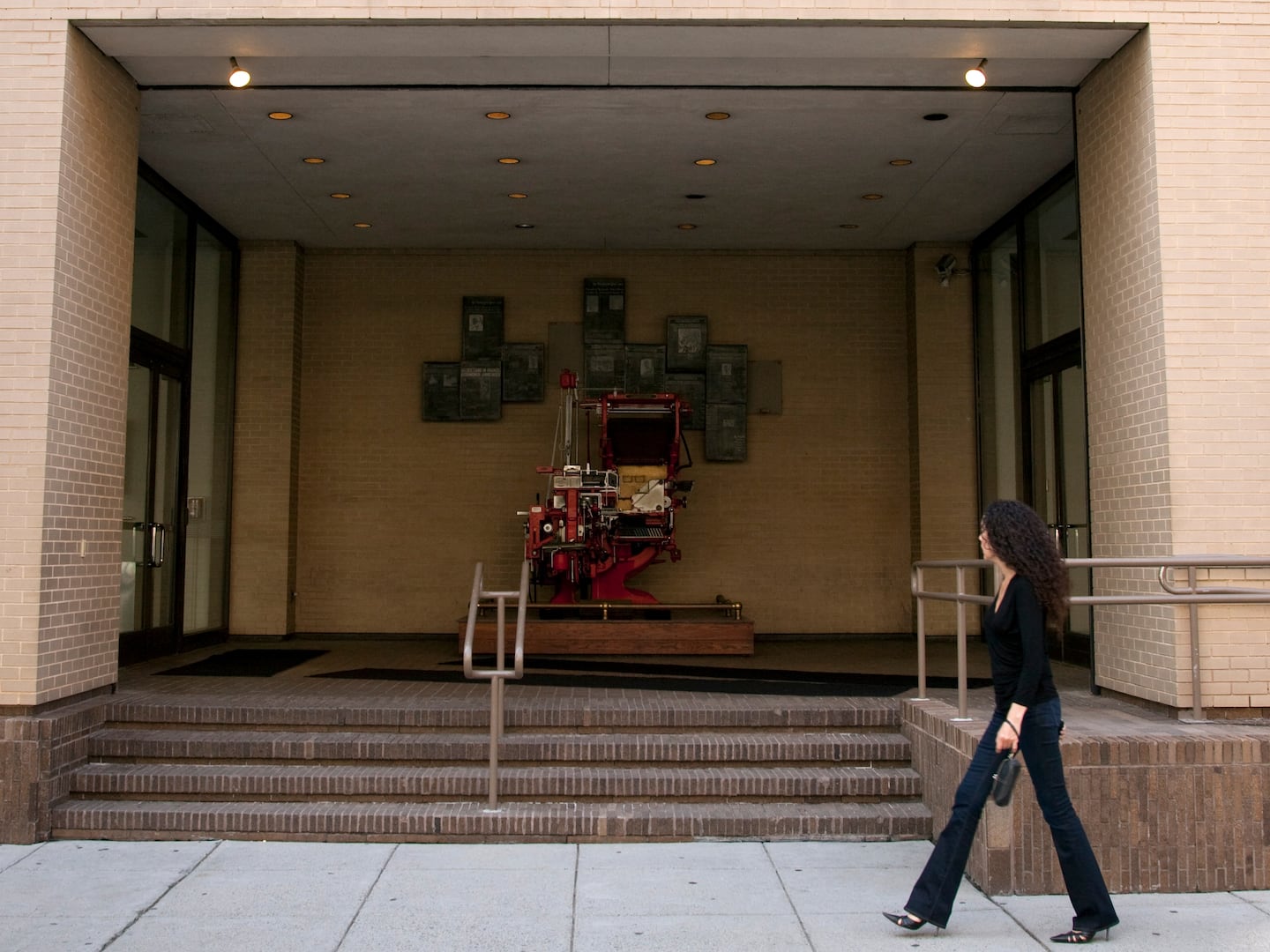Benjamin Franklin was a universally respected natural philosopher, the world’s authority on all things electrical. But he was soon discomfited to realize that because of his Philadelphia experiment on lightning in thunderstorms, everybody also thought of him now as something more—the great authority on a subject he knew almost nothing about: the weather.

In his haphazard way, Franklin had come up with a few ideas about weather over the years. He had realized, for instance, that in North America large storms tended to move from southwest to northeast; this was an obvious truth that no one else in the colonies seems to have noticed. He had also grasped that in large storm systems the prevailing winds at the surface don’t necessarily reflect the direction the storm is moving in—a subtle principle that wouldn’t be fully accepted by meteorologists for another century. But none of this made him an expert on storms. His great discovery about the nature of lightning happened only because of his speculations about static electricity; thunderstorms had entered into the picture almost by accident.
One night in the summer of 1749, a waterspout appeared in the Mediterranean Sea just off the coast of Italy. This wasn’t an unprecedented event. Waterspouts had always been seen in the Mediterranean. The Roman writer Pliny the Elder, in his Natural History, mentioned the mysterious pillars of water that sometimes materialized out of nowhere in the open sea and overturned boats. But for the most part, these waterspouts were remote and vague apparitions—white writhing snakes that danced in the heat of a blue afternoon and vanished before anyone got too close. The 1749 waterspout was a pitch-black monster crowned with lightning that came roaring from the dark sea after midnight and crashed its way onshore.
The news of this strange visitation caused a panic throughout the region. The spout was almost universally believed to be a sign of the apocalypse. The pope was one of the few skeptics, but he kept his opinion to himself. In order to calm the populace, he announced that he was calling upon a well-regarded expert to investigate the incident and issue a public report. The expert was the most famous natural philosopher in Italy, Father Ruder Boscovich.

Father Ruder was a Croatian raised by the Jesuits of Rome. His specialty was astronomy, a subject in which he had made several major discoveries. But the pope thought of him more as an all-purpose authority on anything scientific or technical. Summoned to investigate the waterspout, Father Ruder set to work at once. He inspected the trail of ruin. He interviewed survivors and eyewitnesses. He did some research among the records of unusual meteorological events in the vast Vatican library. Then he wrote a detailed monograph laying out his investigations and conclusions. The work only took him a few months, and his monograph was printed and on sale by the end of the year—a fast turnaround time in those days for a two-hundred-page book. The title was On the Whirlwind During the Night of June 11– 12 (Sopra il turbine che la notte tra gli XI e XII giugno). Because of the speed of its composition, it was a fairly slapdash piece of work. While people tended to believe that waterspouts were phenomena of the deep waters of the Mediterranean, the historical records were clear that they did sometimes appear in the shallows off the coasts, and there had been a few documented cases of waterspouts coming ashore. His conclusion was that this was a rare but not unprecedented natural occurrence, and certainly not a sign of the apocalypse.
The book was widely read in Italy. In the summer of 1750, a year after the spout, an extended English-language synopsis and review of the book ran in the London magazine The Monthly Review. It stirred up a lot of interest. Over the next few years, several philosophers became intrigued about the nature of waterspouts. But there was clearly only one person whose opinion mattered. Copies of the Review began arriving in Benjamin Franklin’s mail, with cover letters asking what he made of it.
He immediately threw himself into an investigation of the nature of waterspouts. He had never seen one himself, and he wasn’t about to mount an expedition to find them; this was strictly a paper chase. He and his friends and correspondents ransacked old histories and travelers’ tales for stories of waterspouts. There wasn’t much to go on. The richest vein of material was in the back issues of the Philosophical Transactions where there were detailed accounts sent in by explorers and ships’ officers who had long experience of the perils of waterspouts in the Mediterranean and the tropics. Some of them had even conducted their own science experiments: they had fired cannonballs at the spouts to see if that would break them up. (It didn’t work.)
As Franklin read through these stories, he very rapidly fashioned a theory; he tended to arrive at his theories in a great rush or not at all. The prevailing belief then was that a waterspout was a hollow pillar of water, rising up out of the sea or descending like a waterfall from the clouds. (The Hebrew word for “waterspout,” as used in the book of Psalms, could also be translated as “waterfall.”) Franklin immediately realized that this was physically impossible. The tube of the waterspout simply couldn’t be made out of water. Water is extremely heavy—so heavy that no force known in nature could raise or sustain such a large body of it in midair. So this meant that the solid appearance of the spout had to be an illusion. The spout, Franklin believed, was in fact an ascending column of air, and it only appeared to be made of water because a fog of water vapor was condensing around it as it rose.
Franklin then had a second and odder realization. If the spout was air and not water, then there was no necessary reason for it to be confined to seas and oceans. It could, at least in principle, appear over land as easily as it did over water. In the Bible there were many references to mysterious whirlwinds and columns of smoke (one of them had led Israel to the promised land). But Franklin wanted evidence that was modern and unequivocal.
He found his first piece of evidence deep within the archives of the Philosophical Transactions. In the volume for the year 1703, there had appeared an account by an English minister named Abraham De la Pryme of something he had witnessed over the Yorkshire countryside. De la Pryme called it “one of those strange works of nature called spouts, or rather hurricanes.” He described it as “a great circumgyration or whirling, which made a noise somewhat like the motion of a millstone. Ever and anon it darted down out of itself a long spout, in which I observed a motion like that of a screw.” This spout had swept through the countryside, doing minor damage to village rooftops, and had vanished as mysteriously as it had come.
This was clearly a whirlwind over land, just what Franklin was looking for. Maybe it was an extraordinarily rare phenomenon, but here was plain evidence that there existed a violent whirlwind on land identical to a waterspout at sea.
What caused it? What sustained it? Where was it to be found? Franklin couldn’t begin to imagine the answers to any of these questions. He didn’t even know what the thing should be named. Sometimes he referred to his quarry as a landspout. Other times he simply called it a whirlwind.
One word he never used for it was “tornado.”
The word did exist. It had been coined sometime in the late sixteenth century. It was a mashup of two Spanish words: tronada, which means thunderstorm, and tornar, to turn, to twist, to return. One of his correspondents, the philosopher John Perkins, may have been the first person to use “tornado” in the modern sense. In a paper submitted to the Royal Society in the late 1750s, he complained about the confusing terminology being used for windstorms and how hard that made it to establish what exactly the storms were. He suggested that “tornado,” despite its original meaning, be reserved for the kind of storm that Franklin was talking about. “By the term tornado, or wind-spout,” he wrote, “I mean a violent wind which has been observed in these northern colonies a few times since they were discovered and settled by our people.”
Franklin’s first rush of forward progress was quickly stymied by the elusiveness of the subject. None of his correspondents had ever seen a landspout, and not many believed it existed. But then, they weren’t impressed with his theory of spouts generally. He composed a formal monograph laying out his best guess as to the waterspout’s internal workings, and he submitted it to the fellows of the Royal Society; not only did they fail to read it aloud to their membership, as they had with his letters on electricity, but they declined to bump it up for immediate publication.
Instead, it languished with the rest of their backlog for years. Franklin circulated the monograph among his friends and correspondents. None of them were enthusiastic. In fact their general tone was niggling, critical, and dismissive. The particular point of contention was the thing that Franklin considered the core of his whole theory: the waterspout was an ascending column of air. Nobody believed this. It was obvious that waterspouts were made of water. Nor did they accept that waterspouts rose up rather than descended. From the testimonies collected in Franklin’s own investigation, most witnesses were absolutely clear that the column of the spout reached down from the clouds to the ocean. So how could anything about Franklin’s theory be true?
Franklin believed that there had to be some sort of near vacuum in the heart of the storm that was drawing the winds into it at great speed. But with no evidence to suggest how this vacuum might come into existence and no theory of how it could sustain itself, Franklin was at a loss to explain the hows and whys of spouts on land or sea. He was at a dead end. In 1754, he wrote to John Perkins (one of those who’d originally sent him the magazine article about the Rome waterspout): “I am now not much nearer a conclusion in the matter of the spout than when I first read your letter.”
In the spring of 1754, Franklin was in Maryland. He was visiting a friend named Tasker; in his letters he usually called him “the excellent Colonel Tasker.” Tasker was a gambler and a breeder of thoroughbred horses, which was not necessarily Franklin’s usual company, but Tasker was also one of the most well-connected men in the state. The Taskers were considered the cream of the Maryland aristocracy.
Tasker invited Franklin and his son William to stay with him at Belair House, his great family estate in the hilly depths of the countryside. On their way, in the middle of a wide, richly flowing landscape of valleys and forested hills, one of the men in the party called a halt. He gestured for everyone to look down into a little vale that opened up to the side of their path. Below was a dusty road winding through the meadowlands. Moving along the road like a bustling traveler was a tight little commotion of air: a newly forming whirlwind.
The whirlwind looked, Franklin later wrote, like “a sugar-loaf”—by which he meant it resembled a funnel (that was the shape that sugarloaves were commonly spun into). The funnel swerved off the road and came sweeping up the hillside toward them. It swelled as it approached; by the time it crested the hill, Franklin guessed, it was around forty or fifty feet high, twenty or thirty feet across at its height, “no bigger than a common barrel” at its base. It moved past them at a walking pace, with an odd, irregular bob and swerve like a spinning top.
Everyone in the party reared back—except for Franklin. He later said that he just couldn’t help himself. He had to urge his horse to a trot, and he went tagging alongside the funnel to see what it would do. He thought of how sailors were supposed to have broken up waterspouts by firing cannons at them, so he tried lashing at the whirlwind with his whip—“without any effect,” he admitted.
Then the whirlwind turned again and meandered off into the trees.
Franklin followed it. He lost sight of the road. The wind was getting louder; the countless rotted leaves of the forest floor were being sucked up into the funnel in a rushing whisper. All around the funnel, the treetops in the woodland interior were bending and snapping in frantic circles. “The progressive motion of the whirl was not so swift but that a man on foot might have kept pace with it,” he later wrote, “but the circular motion was amazingly rapid.” By then, the funnel had turned into a swirling column that appeared to be made entirely out of dead leaves, which were soaring up out of sight in widening spirals.
And it was still gathering strength. Franklin saw that it was now sucking up large dead boughs along with the leaves. That was when he wondered for the first time about his own safety. By that point, Franklin guessed, he’d followed the whirl into the forest for about three-quarters of a mile. His son William, who had been trailing along behind him the whole way, came up alongside.
When William saw that Franklin was hanging back, he urged his own horse forward. The funnel was roaring in the depths of the woods; William boldly pursued it for another half mile. The chase ended when the funnel emerged into the open air of an old cultivated tobacco field, and there unexpectedly melted away into nothingness.
Franklin and William, covered in sweat, their clothes spangled with countless leaves, made their bedraggled way back to the road. The air all around them was filled with a storm of leaves, billowing and drifting and soaring in the gusts. Franklin later noted that the leaves kept falling on them for miles afterward. One of the company then turned to Colonel Tasker and asked if these kinds of whirlwinds were common in Maryland.
“No, not at all common,” Tasker said. “We got this on purpose to treat Master Franklin.”
Excerpted from the book Storm Kings by Lee Sandlin. ©2013 Lee Sandlin. Reprinted with permission from Pantheon Books, a Knopf Doubleday Imprint, a division of Random House, Inc.






